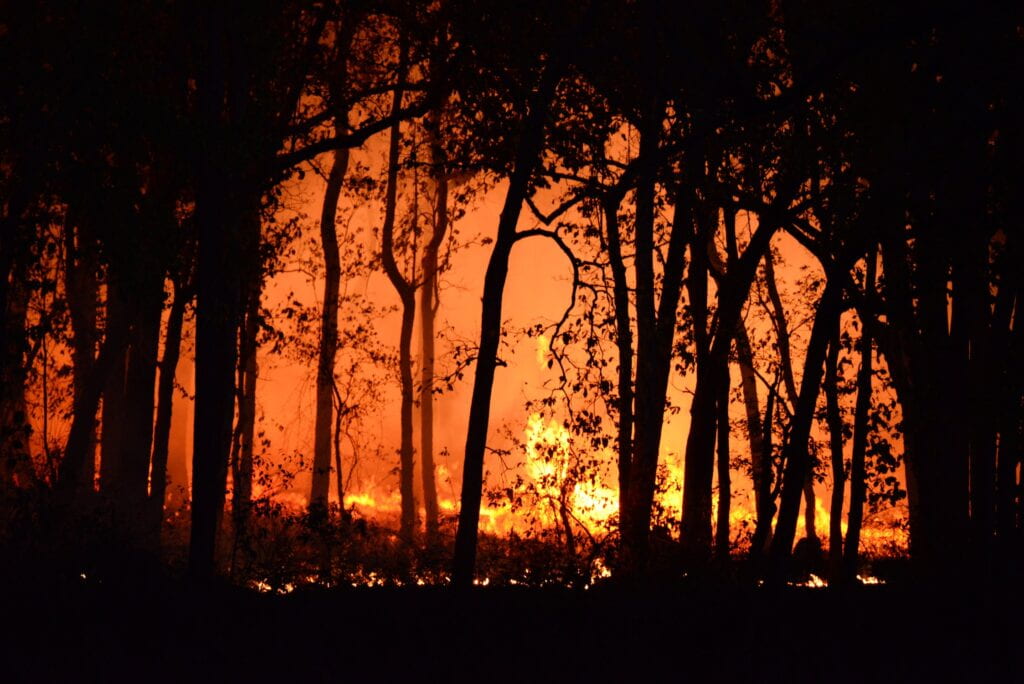
In the state of New South Wales (NSW) in Australia, bushfires become worse in recent years, more frequently due to extreme weather fueled by climate change, and are an expensive problem accounting for 10% of the cost of all major disasters in Australia. Since NSW is the most populated state and its environment is diverse, there is an urgent need to implement high-quality fire preparation, management, and response plans to protect the parks, reserves, and citizens.
Callie Seaman and Maddie West have identified potential stakeholders in developing an Emergency Response Plan (ERP), and the important communication channels that need to support the plan. Internal communication platforms include NSW Public Safety Network which ensures lines connecting the necessary government agencies. External communications options include a broad radio communications network, as well as individual agencies’ unique internal communications systems. Seaman and West offer improvements to the current communications infrastructure such as incorporating all stakeholders are included and broadening the channels to include cross-border communication.
The students list nine stakeholders that can provide mutual aid, and have developed a Concept of Operations (CONOPS) describing the roles needed to enact a response. In their plan, they emphasize that special attention to those living with disabilities, the elderly, children, and those with chronic illnesses need to be considered during the planning phase as they are the populations most negatively impacted by Bushfires.
Read Callie Seaman and Maddie West’s plan here.
